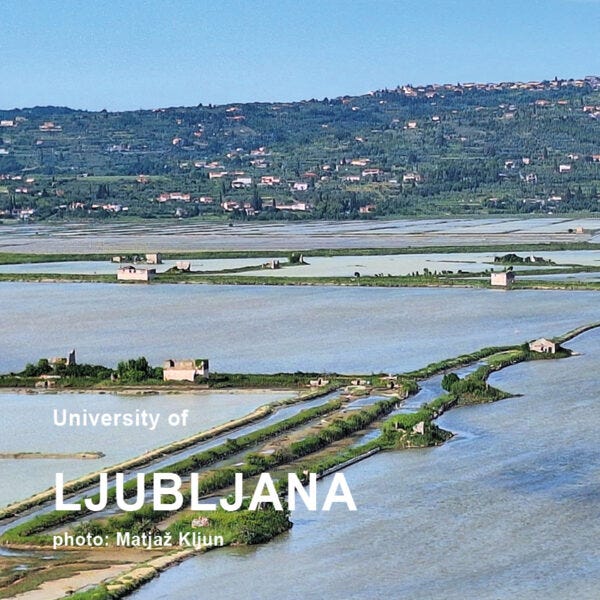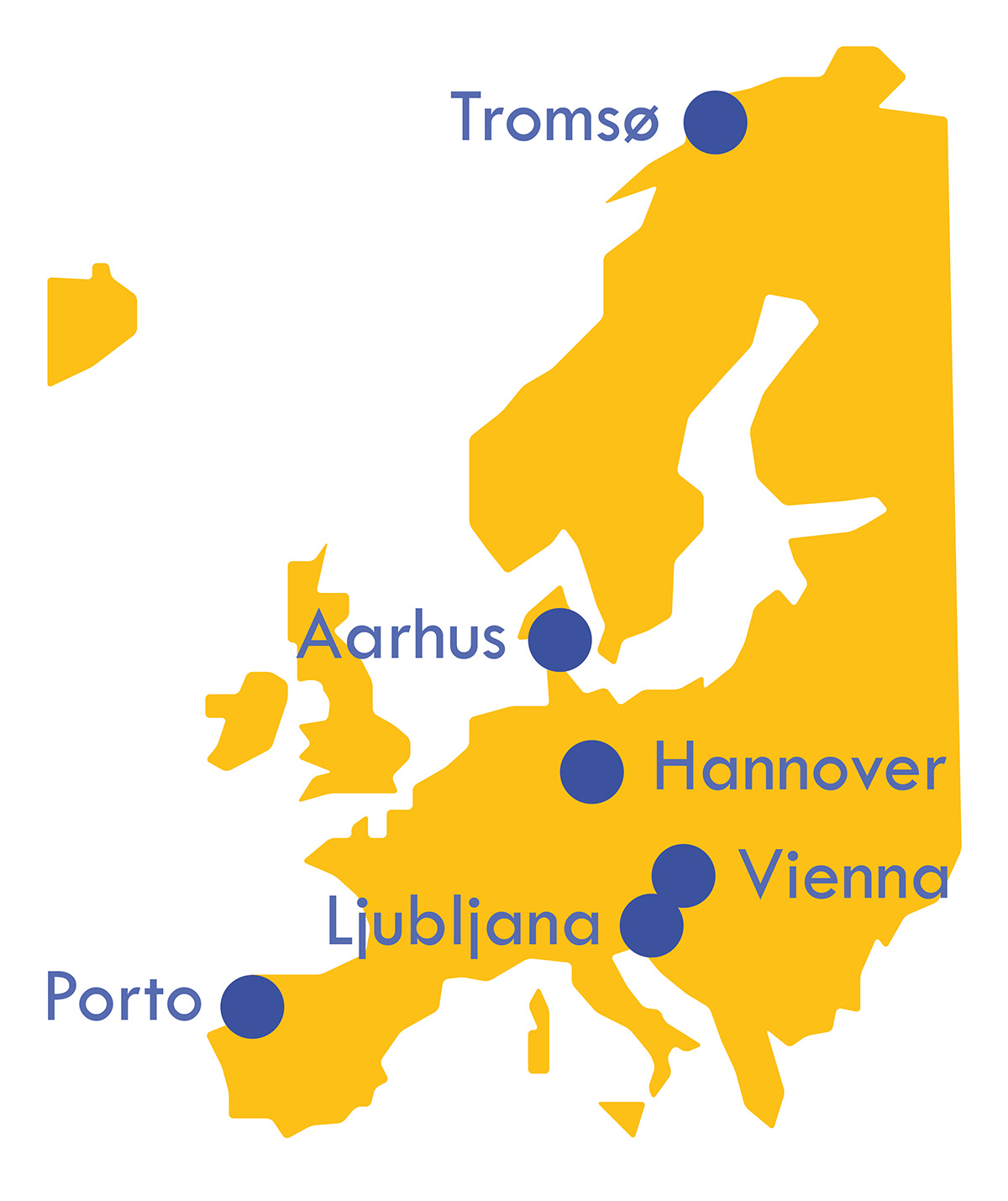In April, Ben began his position as the LANDLABs Doctoral Candidate at the University of Ljubljana where he will work with Ana Kučan to develop a long-term landscape development plan and pilot projects for the Sečovlje Salt Pans. The salt pans are located in the Dragonja estuary near Piran on the Adriatic Coast of Slovenia.

Today, the Dragonja estuary hosts a nature park in the decommissioned salt pan, a museum with a restored traditional salt pan, and an active salt pan where Piranska Sol is still produced.

According to the LANDLABs brief:
The landscape laboratory site is located at the Southern edge of the municipality along the border with Croatia. The area is characterized by almost a millennium long extraction of salt and is one of the last active salt extraction sites at the Adriatics. The production on the northern part has been modernised at the beginning of the 20th century while at the southern part traces of medieval salt-production landscape are still present. Currently, the site is caught in conflicts between the protection of nature and cultural heritage, the municipality’s economic aspirations, local population, private investors etc. The site’s rich and complex history, closely connected to the Venetian Republic and the present Italian minority of Piran, is being flattened by economic pressure giving priority to tourism over local salt and agricultural production, resulting in a clash of interests, threatening to lose the world’s unique cultural landscape. This clash misses the opportunity to develop potentials of the site for the benefit of all interested parties. There’s an urgent need for a long-term landscape development plan.

About LANDLABs

The LANDLABs Doctoral Network is a Maria Skłodowska-Curie Action, the EU flagship programme for doctoral and postdoctoral training administered by the European Commission under the umbrella of Horizon Europe. The funding supports a team of supervisors and candidates who will focus on the integration of practical and academic approaches to doctoral training in research through design. The deliverables for the Network are public-facing pilot projects, landscape plans, and theoretical writings that propose new approaches to cultural and ecological entanglement, eco-aesthetics, and the question of beauty in anthropogenic landscapes.
Ben will study toward a Doctor of Arts (DA) in Landscape Architecture, a terminal degree focused on mastery of an art in teaching and practice.
Follow the Network on instagram for updates: @landlabs.eu. Milestones, reports, and more in-depth information can be accessed on the project’s public site, landlabs.eu.
Read on Substack